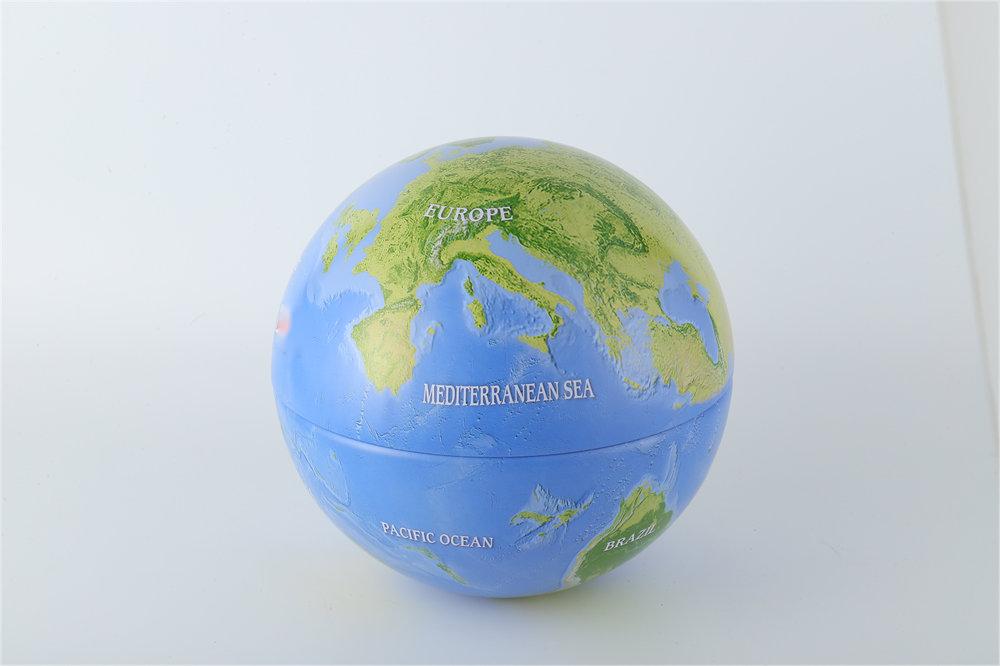Not all tinplate cans can be directly filled with liquid and powder. What we call ordinary tinplate cans are miscellaneous cans, they are made of different processes.
What is the difference between miscellaneous cans and liquid tinplate cans? The reasons are as follows:
First, the sealing of miscellaneous cans and liquid tinplate cans is different
Milk powder cans, oil cans and beverage cans have very strict requirements for the sealing of these iron cans, usually cans or pull welding cans, its process is the tank body through the welding process connected, its seal is good. The tinplate tin can, also known as the mixed tank, the tank body connection is connected by the stamping bone process, so that the tightness is poor, not only that, the liquid and powder will be directly loaded into the leakage, the direct loading of powder for a long time will also be affected by moisture deterioration.
Second, the production environment of miscellaneous cans and liquid tinplate cans is different
Since the beverages, oils and powders are directly loaded into the jar, the production environment needs to be relatively clean, and there needs to be disinfection equipment and dust-free workshops in order to meet the safety requirements of food in direct contact with tinplate cans. The production environment of ordinary tinplate cans is relatively simple, and the cans produced are only simple to wipe, and cannot meet the sanitary requirements of direct contact with food, so the sealing of liquid cans is better.
Liquid cans are known as the national standard cans, and the difference is that the country is more stringent requirements for the production of such cans, tinplate cans have the advantage of being more flexible and changeable, and can be customized with different shapes and sizes of cans, and molds can be made.
General Can :
Material diversity:
Metal, plastic, glass, etc. : Miscellaneous cans can be made of a variety of materials, including metal, plastic, glass, etc., according to the nature of the product and packaging requirements to choose.
Wide range of applications:
Food, beverage, cosmetics, pharmaceuticals, etc. : miscellaneous cans are suitable for a variety of commodity packaging, due to the diversity of materials, can meet the needs of different commodities fresh-keeping, moisture-proof and so on.
Light and easy to carry:
Suitable for portable products: Since the miscellaneous cans can be selected from lightweight materials, it is suitable for goods that need to be carried, such as snacks, drinks, etc.
According to commodity demand: Miscellaneous cans can be selected in different shapes and sizes according to the characteristics of the commodity and market demand to improve the attractiveness of the package.
Liquid Tin Can:
.
Mainly used in liquid commodities:
.
Oils, beverages, and liquid foods: Liquid iron cans are primarily designed for packaging liquid commodities such as oils, beverages, and other liquid foods.
.
Strong sealing and corrosion resistance:
.
Maintain product quality: Liquid iron cans usually have good sealing and corrosion resistance, which can effectively maintain the freshness and quality of liquid products.
.
Special design:
.
Liquid leak-proof design: Liquid iron cans are usually leak-proof designs to prevent leakage of liquid commodities during transportation and storage.
.
The exterior design is relatively simple:
.
Focus on practicality: The appearance design of liquid tin cans is relatively simple, focusing on practicality to ensure the effective packaging of liquid commodities.









